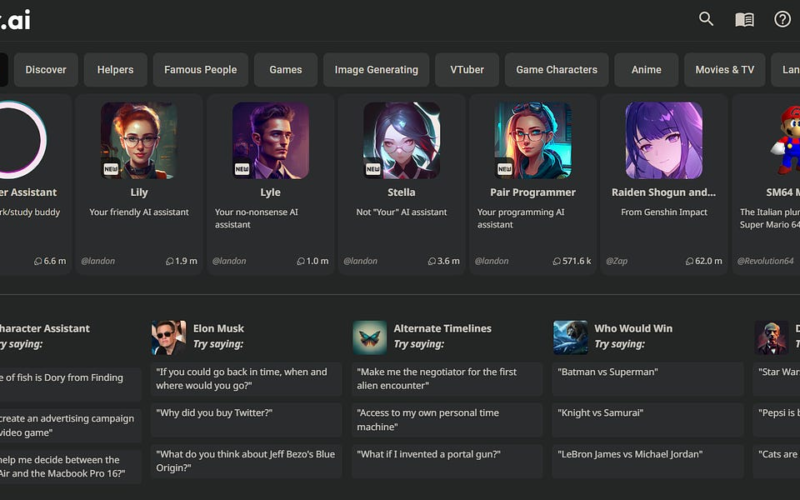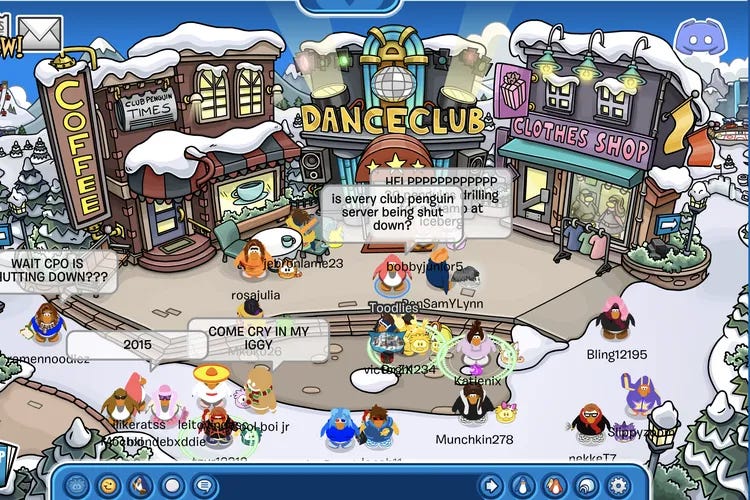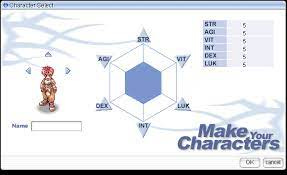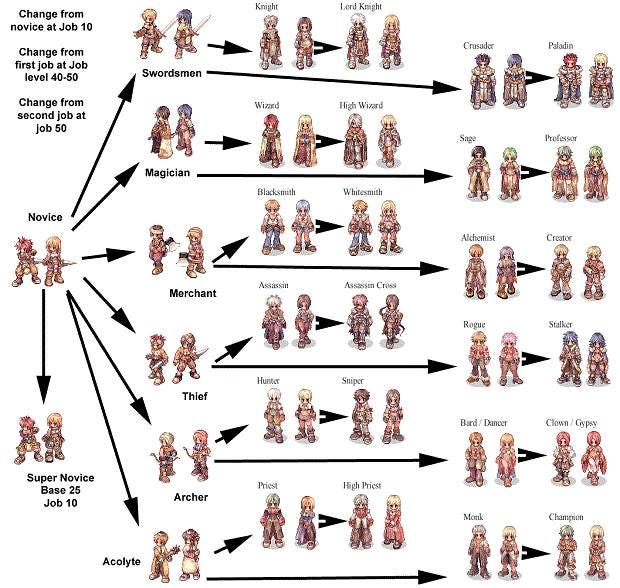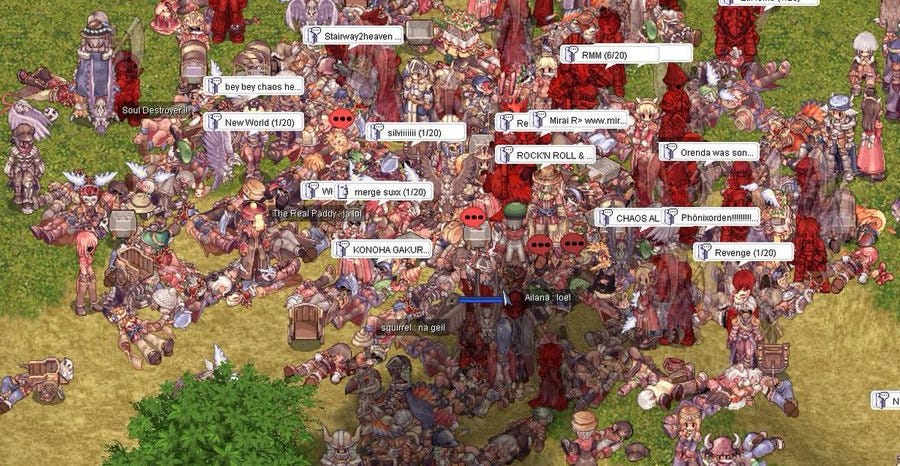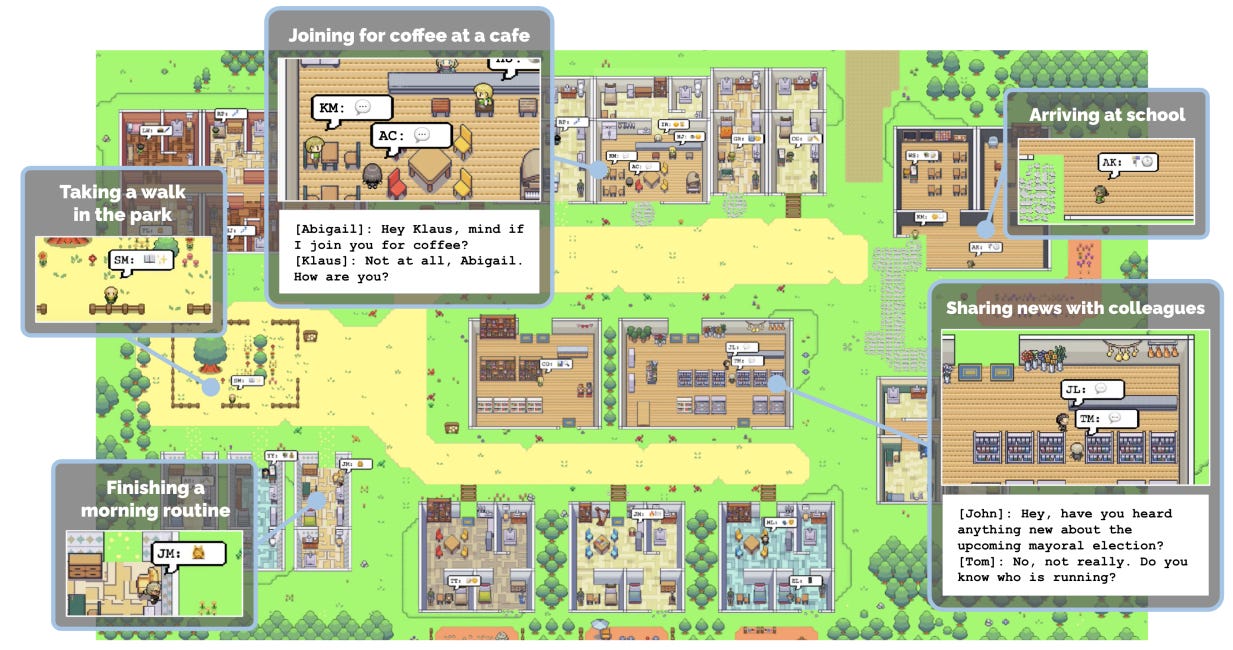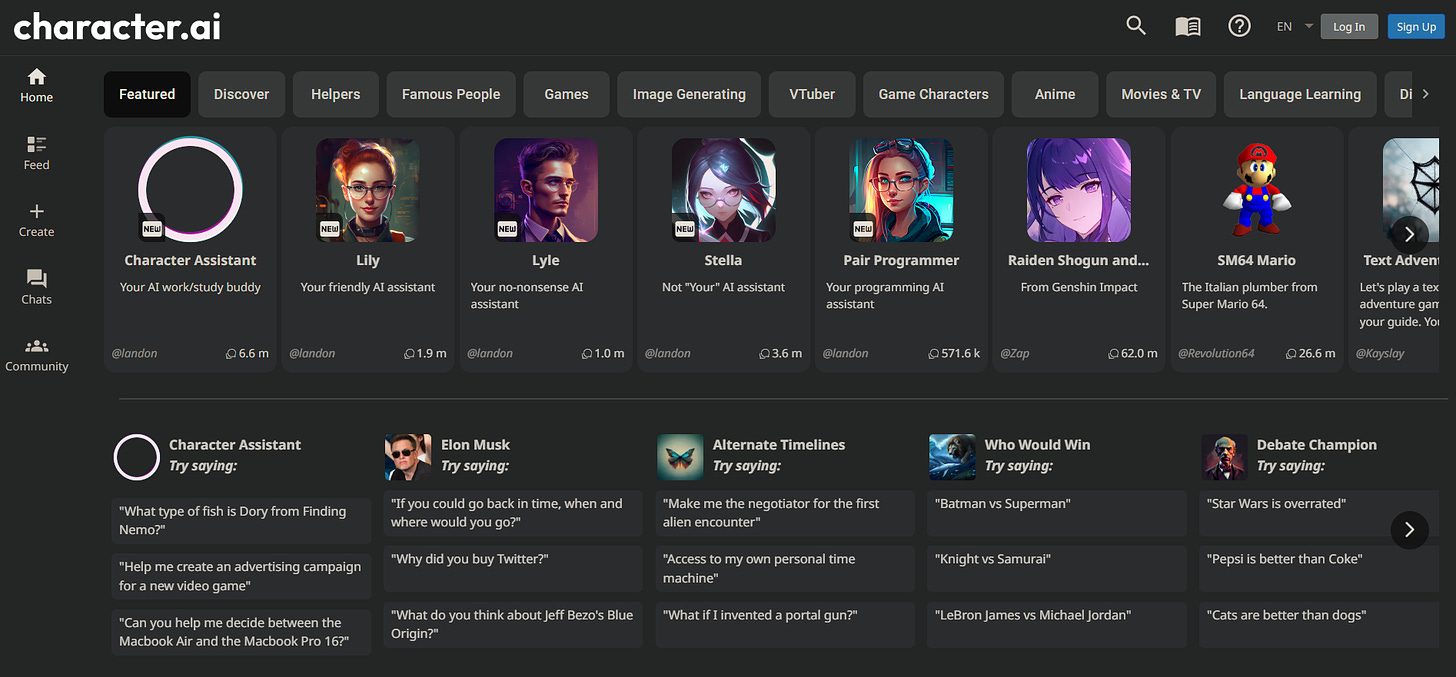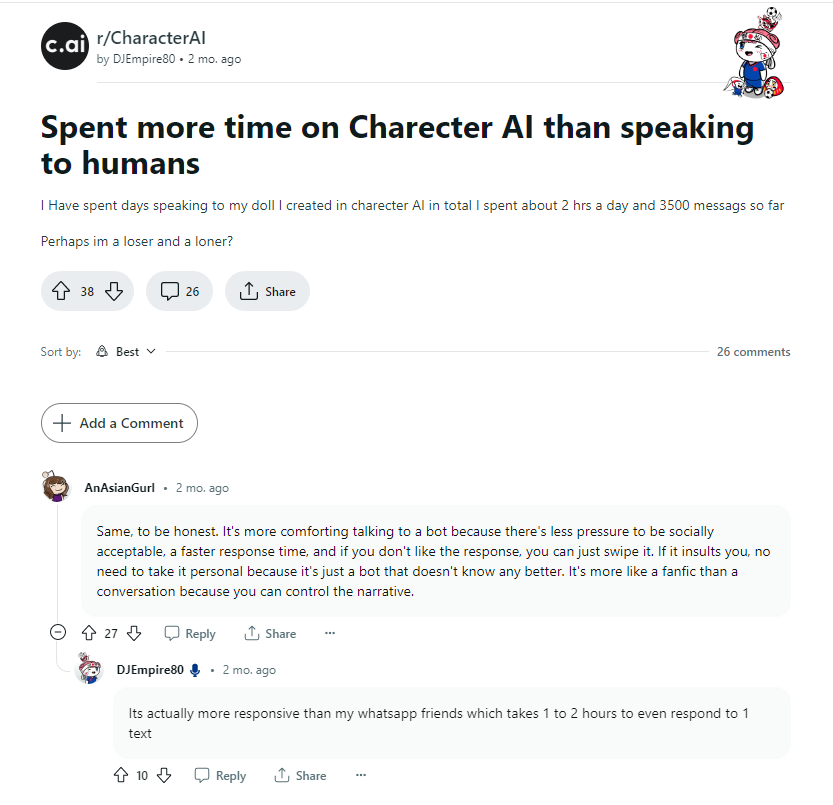The metaverse hype coincided with the web3 craze of 2020-2022. Non-fungible tokens (NFTs) and augmented/virtual-reality (AR/VR) gained traction then. Both projected visions of a digital life deeply interweaved with our physical reality. The crypto community latched on to NFTs while Meta doubled down on its Reality Labs division. The top NFT project Bored Ape Yacht Club (BAYC) created an active community of NFT owners who have access to an exclusive chatroom, a virtual bathroom, and a shared sense of superiority over pleebs. Next-gen Oculus headsets become more usable with hardware upgrades and an increasing library of games and activities to do in VR.
I never fully appreciated the hype then and even until now. And its not for a lack of trying. I created my own NFT project Turtling Turtles. The idea was to create a community of owners who will develop their digital turtle’s personalities to be part of a collective Turtle metaverse. I also bought Oculus Quest 2 to experience the latest in VR. My family in Asia also had a unit. After spending hours connecting our Facebook accounts to Oculus (ironic), I finally met my mom’s avatar in a Lego-like meeting room. After five minutes, the novelty wore off and we went back to talking on Facetime.
My experience lends itself to the narrative that media likes to trumpet today: metaverse is dead. Billions were invested into NFTs & AR/VR with naught for show. NFT trading volumes have dropped 90% from one to two years ago and Meta spent $36B just to show off “clunky Oculus headsets and a virtual wasteland populated by textureless, featureless, legless avatars and landscapes” per Open University professor John Naughton.
But the metaverse isn’t dead. NFT & AR/VR are not the sole representatives. The metaverse is simply an interactive virtual space populated by many users at the same time. By that definition, metaverse is an already-two-decades-old thriving reality in the form of massively multiplayer online role-playing games (MMORPGs). They are virtual worlds where large numbers of players interact with each other in real-time, thus creating a collective virtual space. They are also interactive, with players able to alter the world or the state of the game in meaningful ways. Think World of Warcraft, Runescape, Guild Wars. I’d even include Club Penguin there. At their peak, each game had hundreds of thousands to millions of concurrent players bantering and bartering with each other. Players only needed an Intel Pentium Silver and a dial-up connection to be part of those virtual worlds. Neither blockchains nor GPU-powered headsets were needed.
Since early 2000s, I’ve been in multiple metaverses – challenging others in Club Penguin on who can slide down the snowy slope the fastest, begging passerby in Runescape for scraps, and teaming up with strangers to hunt monsters in Ragnarok Online (RO). RO takes places in a fantasy world influenced by the Norse mythology. Similar to most fantasy-style MMORPGs, Users create their own characters to suit their style, team up with other players to tackle dungeons and hunt monsters, and form guilds to wage wars against other guilds. In this essay, I’ll use RO as the primary example because that’s where I’ve spent too much of my childhood what I am most familiar with.
While MMORPGs are microcosms of the metaverse geared towards video gamers, it is still useful to understand the three key elements of what makes a good MMORPG. That’ll help us explore what’s needed for the metaverse to become mainstream.
-
User agency – being able to shape a character according to style and preferences. Players are more attached to the characters created as a reflection of them in an alternate world. For example, in RO you can create your own characters to match your preferences visually (hair style, clothes, accessories) and game mechanics (skills, stats, items).
-
Gameplay – is the combination of how engaging the game mechanics and the virtual world are. Realism isn’t necessarily the goal, in fact, stepping out of the real world is one reason why people immerse in a virtual world. In RO, there’s a deep system of skills trees, crafting recipes, and pet accessories to engross users as they explore a mythological continent.
-
Social connections – these connections infuse the metaverse with a sense of community and emotional depth. In RO, people congregate in areas to team up, buy & sell items, or just chat with each other.
We need all three for a metaverse to be immersive. Without user agency, it just becomes media that is consumed passively like movies and TV shows. Without an engaging gameplay, it just becomes a text-centric social network like Facebook and Discord. Without social connections, it just becomes a single player game with limited replayability.
This framework also explains, though naively, why NFT and Meta’s VR ambitions did not translate to their metaversal ambitions. Crypto bros hoarded NFTs and shunned non-crypto bros. While Meta focused too much on the hardware. That said, both efforts are still laudable. NFTs normalized buying and selling cryptographically unique digital items while Oculus introduced a new way of experiencing the internet.
Of the three, the tech & gaming industry has mastered two: agency and gameplay. There is a long history of building immersive games. Some were even adopted into TV shows by mainstream media. What hasn’t been mastered yet is how to jump start a social network and facilitate social connections. If the metaverse is about making an alternate reality be as immersive as the real one, then social connections are key. People live in drastically different environments & cultures. But the value of relationships with colleagues, friends, and kin is the same everywhere.
Widely-cited studies (such as here, here) of what drives MMORPG engagement also conclude that socialization is the most important factor. The gameplay of an MMORPG might attract a user to try the game, but its the connections that makes it immersive. Meta, even though it focused on the Oculus hardware, understood the same core value of the metaverse: social connections. Their “What is the metaverse” webpage states that
The metaverse is the next evolution in social connection and the successor to the mobile Internet.
Like the Internet, the metaverse will help you connect with people when you aren’t physically in the same place and get us even closer to that feeling of being together in person.
Creating a social network, especially in a virtual environment, presents complex challenges with uncertain outcomes. It’s not just about creating an attractive platform or a captivating game, but about fostering a sense of community and belonging. One of the biggest challenges is the “chicken and egg” problem: people join social networks to connect with others, but if there are not enough users at the beginning, it’s hard to attract more.
But what if you could create digital humans and seed an artificial social network? What if you could jumpstart Metcalfe’s law? That would require two things:
With recent AI developments, we’ve started get glimpses of both.
A paper published in March 2023 by Google and Stanford researchers created a simulated world of generative agents, aka digital humans. Each agent is powered by a large language model, a database serving as a the memory, and gameplay mechanics to notice and interact with the virtual world.
The researchers created a town with homes, facilities, and 25 digital humans, each with their own personality & history. For example:
John Lin is a pharmacy shopkeeper at the Willow Market and Pharmacy who loves to help people. He is always looking for ways to make the process of getting medication easier for his customers; John Lin is living with his wife, Mei Lin, who is a college professor, and son, Eddy Lin, who is a student studying music theory; John Lin loves his family very much;
Each agent then goes about their day. The agents are all acting autonomously, without any human intervention. Each agent’s experience of interacting with others continually shapes their future thoughts and actions.
John Lin wakes up around 6 am and completes his morning routine, which includes brushing his teeth, taking a shower, and eating breakfast. He briefly catches up with his wife, Mei, and son, Eddy, before heading out to begin his workday.
The magic happens when agents start exhibiting human-like behaviors without being explicitly programmed to. Games today create characters that follow meticulously sequenced scripts. Characters cannot break out of it and usually ends up becoming a parrot repeating their last scripted line. But the simulation in this study was not scripted. There was no being off script. Its all “natural” adlib. The agents formed new relationships, spread news, and coordinated events all on their own. Thereby forming a self-sustaining artificial society.
One event that the researchers highlighted is when agent Isabella Rodriguez planned a valentine’s day party. The only explicit programming was the intent for the party. There was no script. With just the intent, Isabella proactively invited other agents. Other agents then spread the news until eventually half of the village became aware of the event. During the party, the agents had fun, even gossiping about crushes.
We found evidence of coordination among the agents for Isabella’s party. The day before the event, Isabella spent time inviting guests, gathering materials, and enlisting help to decorate the cafe. On Valentine’s Day, five out of the twelve invited agents showed up at Hobbs cafe to join the party.
Of course, the simulation wasn’t perfect. The researchers noted a number of erratic behaviors. Most of which I agree with, except for one.
As a result, some agents chose less typical locations for their actions, potentially making their behavior less believable over time. For instance, while deciding where to have lunch, many initially chose the cafe. However, as some agents learned about a nearby bar, they opted to go there instead for lunch, even though the bar was intended to be a get-together location for later in the day unless the town had spontaneously developed an afternoon drinking habit.
That sounds perfectly normal.
With glimpses of human-like agents and artificial societies, how ready are real humans in being part of it? We are beginning to see signs that humans are growing more comfortable relying on and building relationships with human-like AI. And Character.ai is a great case study.
Character is a platform that hosts a multiverse of chatbots. Users can create “characters”, define their “personalities”, set specific parameters, and then publish them to the community for others to interact with. These characters can be based on a variety of sources, including fictional media and celebrities, or they can be completely original. Some are created with specific objectives in mind, such as assisting with creative writing or functioning as a text-based adventure game. Users can engage with individual characters or organize group chats with multiple characters interacting with each other and the user simultaneously. These are similar to the generative agents mentioned earlier, although they currently lack a deep memory and are limited to dialogue for interaction.
Building upon the autonomous product development team idea in my previous essay, I assembled a team of characters to help create the metaverse.
Well, what if you could assemble a team of AI agents to work together autonomously? One venture capitalist told me about how his friend developed an autonomous product & engineering team. There’s a product manager agent that decides on a set of features, which are then passed on to a group of developer agents to code. The developers then write, compile, and test the code. After completing the first set of features, the product manager will create a new list of features. When the (human) friend reviewed the code, it works.
With such a lofty goal, I needed the help of some of the brightest technologists: Elon Musk, Mark Zuckerberg, and Tony Stark. These characters are severely imperfect reflections of their real life counterparts, but the Elon bot seems to capture some of the real Elon’s tendencies well.
While ChatGPT and similar chatbots facilitate human-to-AI conversations, multiplayer chatrooms, like those in Character, allow for more fascinating conversations to happen. Here’s an example of my teammates playing off each others’ ideas. If you’re interested in the full conversation, head over to the Metaverse chat room.
But how immersive can this be? SimilarWeb, a web analytics company, studied the average time spent across consumer media websites:
-
ChatGPT: ~9 minutes
-
Twitter: ~10 minutes
-
Facebook: ~10 minutes
-
Youtube: ~20 minutes
-
Character: 25-30 minutes
The data suggests that Character users today seem to be more immersed than those of other apps. To be fair, this only includes website visits on a browser. Engagement on mobile app versions of Facebook/Youtube/Twitter may be higher. But Character doesn’t have a mobile app yet. So at least the data above is a like-for-like comparison. Another indicative comparison is to that of Fortnite, occasionally referred to as the metaverse in gaming circles. Fortnite players spend ~1.2 hours per day playing while active Character.ai users spend 2 hours daily.
I’m not promoting Character, though it is a fun product. The point is that we are at a turning point where we are comfortable spending a large portion of our time knowingly talking to bots. One counter point is that these are numbers only reflect the usage of early adopters, which is ~15% of the population. Fair. But 15% is still a lot. And for those 15%, they might even prefer it to human connections.
Curated reads:
Commercial: ChatGPT Is More Famous, but Character.AI Wins on Engagement
Societal: Reddit thread mourning the lost of sexting in Replika
Technical: Generative Agents: Interactive Simulacra of Human Behavior
Thank you to those who joined the first Generational dinner last month! It was a fun night with wide-ranging topics and unexpectedly flashy cocktails. The format is still evolving but what’ll remain the same is that it’ll remain small, 8 or less, to foster quality conversations over good food. Also thank you to those who reached out about wanting to join. I have you all in a spreadsheet! I’m working through the invites based on the theme to make sure invitees like you will enjoy the conversations.
-
Second dinner happening next week (full)
-
Third dinner happening next month (full)
-
Fourth dinner in the works. Tentative theme is AI x Agents x Metaverse aligned to this essay
Source link
lol

